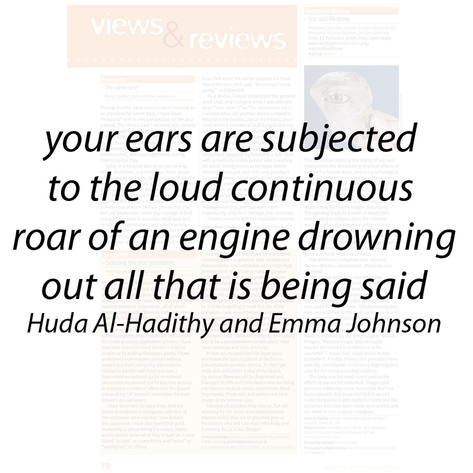Student British Medical Journal : War and Medicine
Publication Title: Student British Medical JournalISBN/Volume/Reference: Volume 17
Pages: 78
Writer: Huda Al-Hadithy and Emma Johnson
Publication Date: 31st January 2009
This exhibition looks at the reality of war and emphasises the devastating physical effects of war on the human body, and the psychological scars left imprinted on survivors. There are more than 200 visual and auditory exhibits, including film, paintings, letters, medical artefacts, and personal video clips.
Before entering there is a warning that visitors may find some images disturbing. The opening leads to a table of death tolls, rising into the millions, from the Crimean war through to the present conflicts in Iraq and Afghanistan. The statement “Statistics in relation to war ‘are never exact, seldom truthful, and in most cases full of intentional misrepresentation,’ Carl von Clausewitz,” gives a taste of what lies ahead.
The exhibition comprises four separate rooms—theatre, organisation, the body, and the mind.
The theatre room is an uncomfortable experience by David Cotterrell. In this extremely dark room it takes some time for your eyes to adjust to the film projected across the wall, which depicts wounded soldiers being evacuated from a war zone. Simultaneously your ears are subjected to the loud continuous roar of an engine drowning out all that is being said.
The organisation room examines the Crimean war and the beginning of the triage system, initiated by the army surgeon Nikolai Pirogov. “Reverse triage: less seriously injured are treated in preference to the wounded”—these men could return to the battlefield. A softer theme also pervades here with the contribution of Florence Nightingale’s care for the many wounded soldiers.
The body and the mind rooms portray the effects of war on the individual. Images and personal video clips show the trauma that has been endured. And in parallel to this we can make comparisons with medicine today and the advances that have been made by scientists and our medical and surgical colleagues.
Huda Al-Hadithy and Emma Johnson
This article was also published online
Download this file here, or click the image on the right.